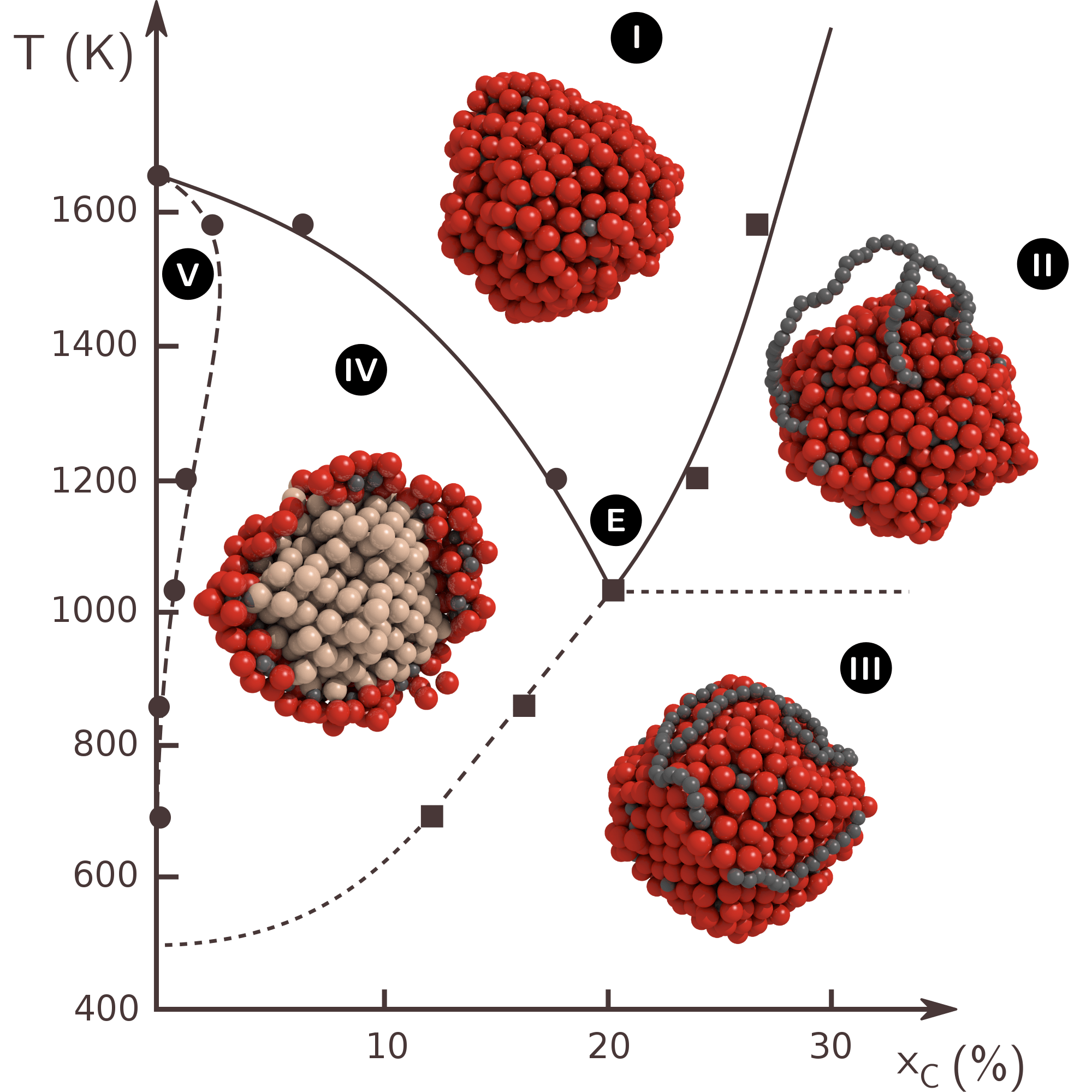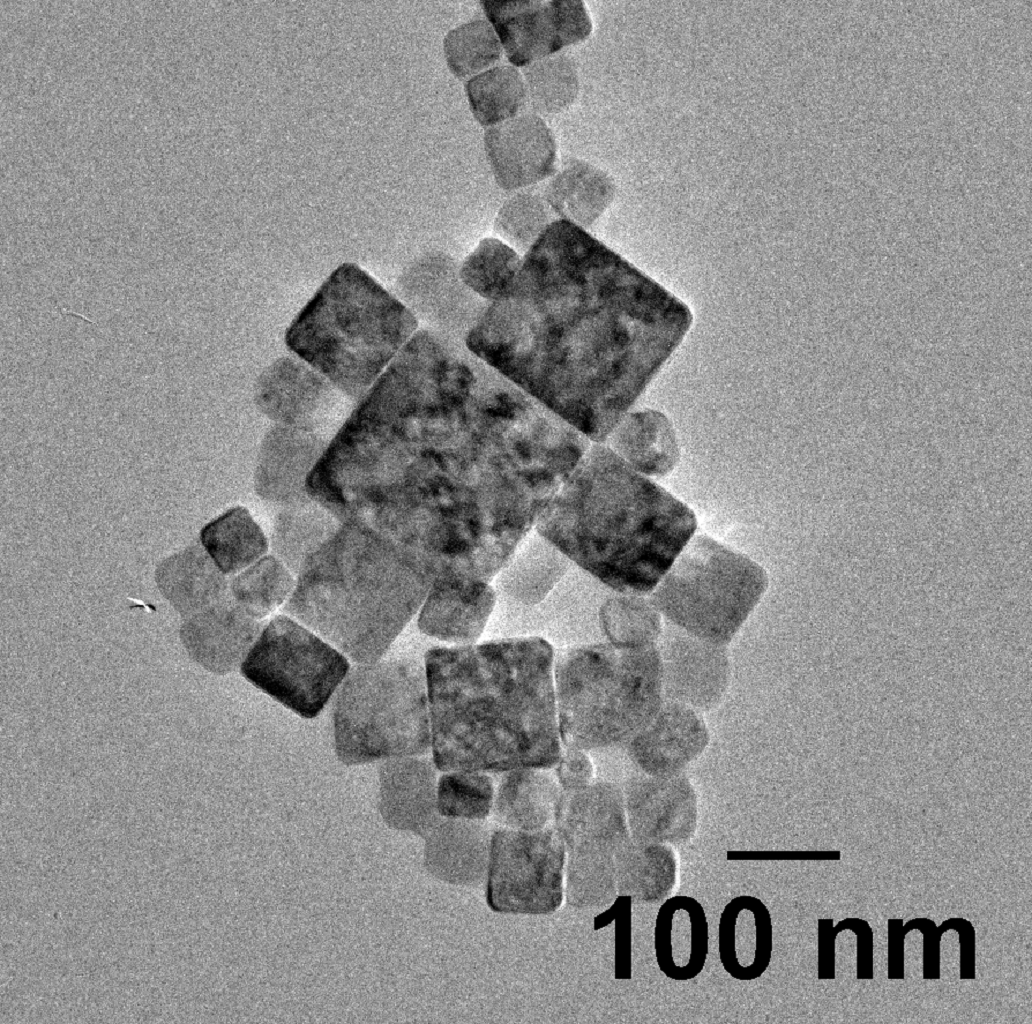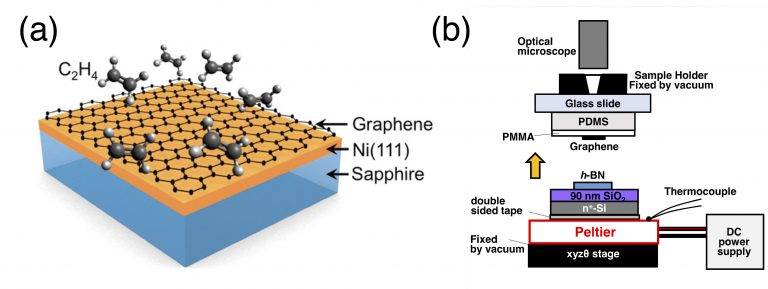Low-dimensional materials
The research theme "low dimensionality" aims to understand and control the structural/electronic/optical properties of 0D (pure, bimetallic), 1D (C,BN) and 2D (graphene, h-BN, Black-P, MoS2) materials.
 Ni-C phase diagram for a nanoparticle with 807 Ni atoms
Ni-C phase diagram for a nanoparticle with 807 Ni atoms Ni3Pt alloy HAADF
Ni3Pt alloy HAADF The GW band structure of two bulk phases of BN drawn in the hexagonal Brillouin zone.
The GW band structure of two bulk phases of BN drawn in the hexagonal Brillouin zone. Pt cubic nanoparticles
Pt cubic nanoparticles
Dimensionality base materials refer to systems in which one or more spatial dimensions are small enough to confine the electronic state wave function and give rise to quantum size effects. Compared to their 3D counterparts, the nanoscale leads to unexpected and sometimes extraordinary electronic, optical, thermal, mechanical and chemical properties. The possibility of being able to control/exploit all these properties makes it possible to consider their use in a wide range of nanotechnologies. The main objective of our research is to understand and control the synthesis of 0D (metal nanoparticles), 1D (carbon and boron nitride nanotubes), 2D (graphene sheets, BN, black phosphorus and their heterostructures) materials as well as the electronic properties related to dimension reduction and the coupling and enhancement effects that may exist between the components of a heterostructure. The approach combines experimental observations (TEM-EELS, spectroscopy) and modelling (ab initio electronic structure, strong binding method, Monte Carlo simulations). Our research activity is divided into 3 main areas:
- Synthesis: chemical route (0D), chemical vapor deposition (1D/2D) and understanding of growth mechanisms.

(a) G the general growth scenario of graphene formation from CVD. (b) Micromechanical assembly to form van de Waals heterostructures.
- Characterization: structural and spectroscopic properties (electronic and optical) by different experimental techniques (transmission electron microscopy, electron energy loss spectroscopy, cathodoluminescence, photoluminescence, Raman spectroscopy, scanning electron microscopy).

(a) DWNTs : Comparison between experimental and simulated HRTEM images of moiré patterns DWNT. (b) hBN : Cathodoluminescence spectra of bulk structures (left) and different thichnesses (right).
- Simulation/theory: atomic scale modelling of structural, electronic and optical properties.
